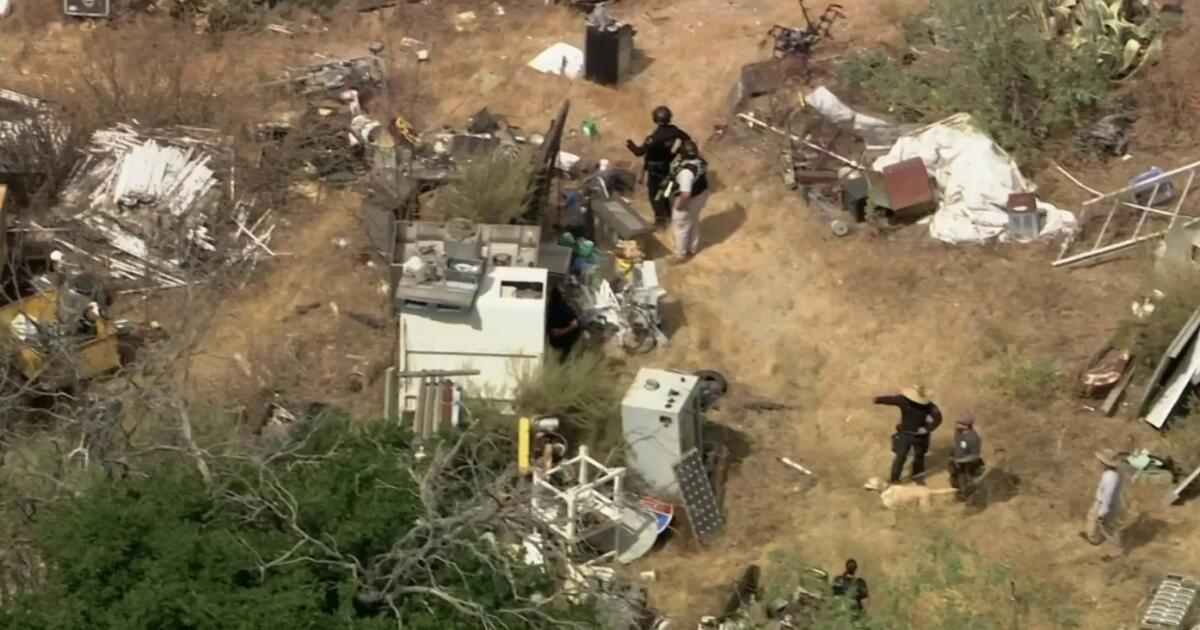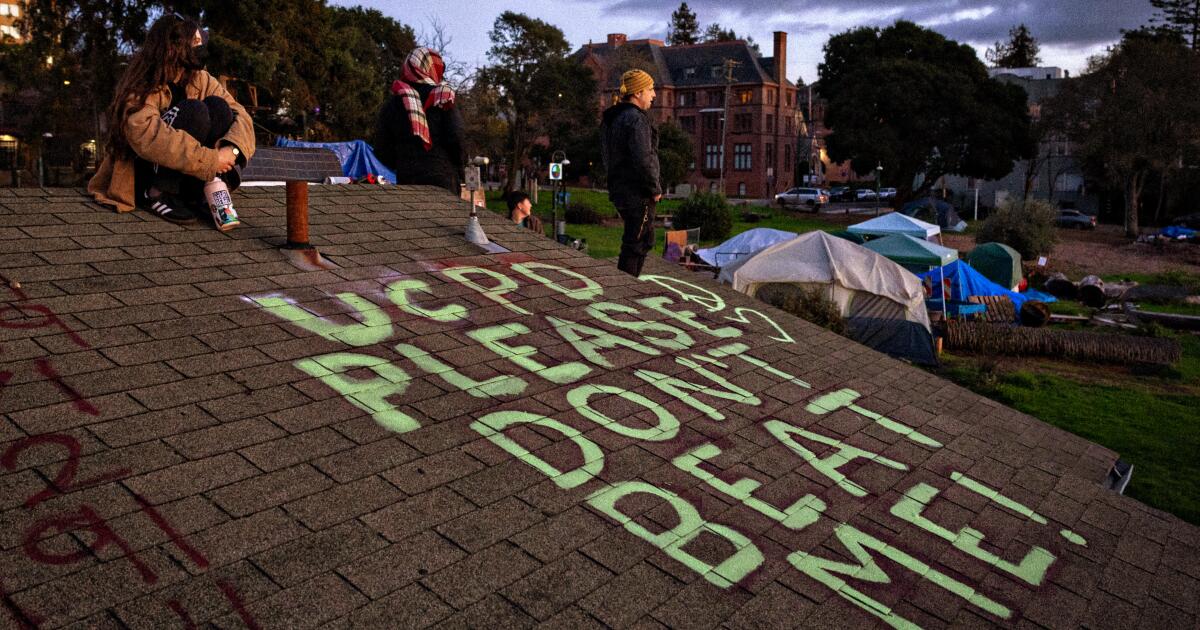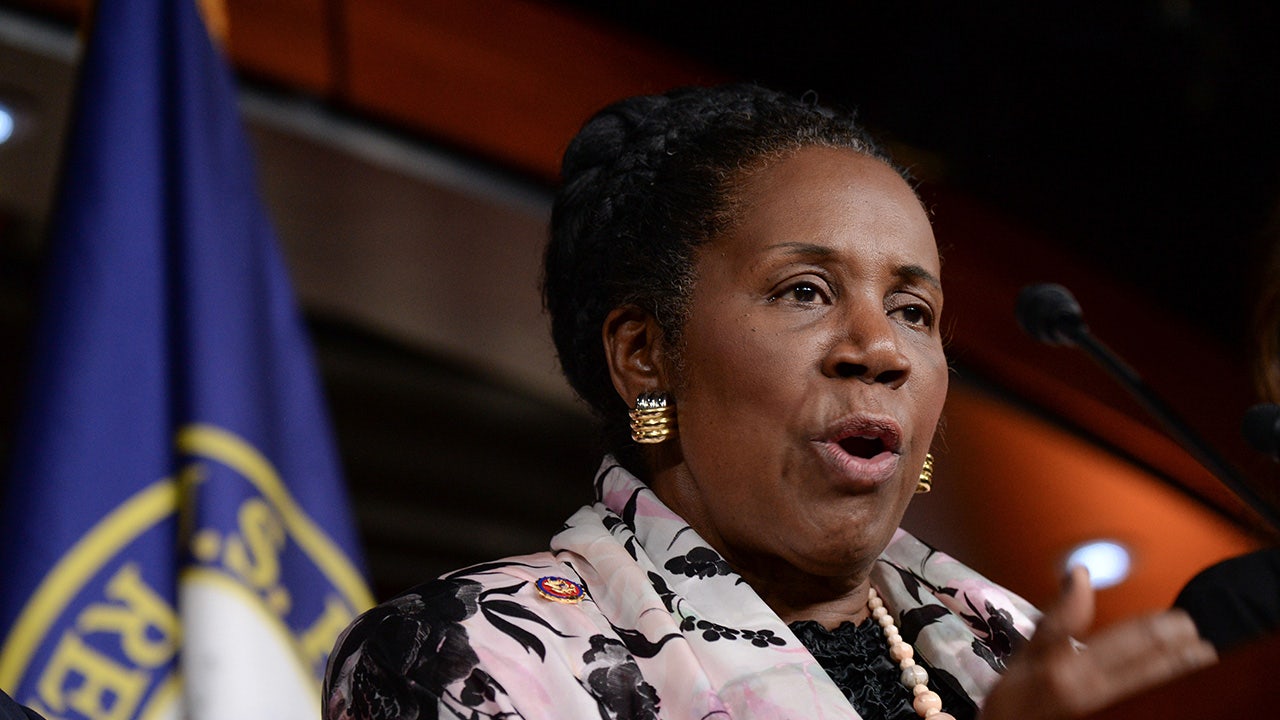In Algeria, water shortages left taps dry, causing protesters to riot and burn tires.
In Gaza, as people waited for water at a community tap, an Israeli drone shot and killed eight of them.
In Ukraine, Russian rockets hit the country's largest dam, unleashing a column of fire on the hydroelectric plant and causing widespread blackouts.
These are some of the 420 water-related conflicts that researchers documented by 2024 in the latest Pacific Institute report update. Chronology of the conflict over watera global database on water-related violence.
The year saw a record number of violent incidents over water worldwide, far surpassing the 355 in 2023, continuing an upward trend. Violence has quadrupled in the last five years.
In 2024, there will be 420 water-related conflicts around the world
Most of the incidents occurred in the Middle East, sub-Saharan Africa, South Asia and Eastern Europe.
Russia and Ukraine
51 conflicts

Russia and Ukraine
51 conflicts
Pacific Institute
Sean Greene LOS ANGELES TIMES
New data from the Oakland-based water think tank also shows that drinking water wells, pipelines and dams are increasingly under attack.
“In almost every region of the world, water-related violence is increasingly being reported,” said Peter Gleick, co-founder and senior fellow at the Pacific Institute, and this “underscores the urgent need for international attention.”
Researchers gather information from news reports and other sources and accounts. They classify it into three categories: cases where water was a trigger for violence, water systems were attacked, and water was a “victim” of violence, for example, when projectile fragments hit a water tank.
Not all cases involve injuries or deaths, but many do.
The region with the most violent incidents was the Middle East, with 138 reported. This includes 66 in the Israeli-Palestinian conflict, both in Gaza and the West Bank.
In the West Bank there were numerous reports of Israeli settlers destroying water pipes and tanks and attacking Palestinian farmers.
In Gaza, the Israeli army destroyed more than 30 wells in the southern cities of Rafah and Khan Younis.
Gleick noted that when the International Criminal Court arrest warrants issued For Israeli and Hamas leaders last year, accusing them of crimes against humanity, the charges mentioned Israeli military attacks on Gaza's water systems.
“It is a recognition that these attacks are violations of international law,” he said. “There should be more enforcement of international laws that protect water systems from attacks.”
Water systems were also frequently attacked in the war between Russia and Ukraine, in which researchers recorded 51 violent incidents.

Residents collect water in bottles in Pokrovsk, Ukraine, where repeated Russian bombings have left civilians without functional infrastructure.
(George Ivanchenko / Associated Press)
Russian attacks disrupted water service in Ukrainian cities and oil spilled in a river after Russian forces attacked an oil depot.
“These are not wars over water. These are wars in which water is used as a weapon or is a casualty of the conflict,” Gleick said.
Researchers also found that water shortages and drought are causing an increasing number of violent conflicts.
“Climate change is making those problems worse,” Gleick said.
Many conflicts occurred in South Asia and sub-Saharan Africa.
In India, residents angry over water shortages attacked a city worker.

In Jammu, India, a woman carries a container of drinking water from leaking pipes in March.
(Channi Anand/Associated Press)
In Cameroon, rice producers clashed with fishermen, leaving one dead and three injured.
In a refugee camp in Kenya, three people died in a fight over drinking water.
There is an increase in conflicts over irrigation, disputes pitting farmers against cities, and violence arising in places where only some of the water is safe to drink.

A man carries jugs to draw water from a hole in the sandy river bed in Makueni county, Kenya, in February 2024.
(Brian Inganga / Associated Press)
Gleick, who has been studying water-related violence for more than three decades, said the purpose of the list is to raise awareness and encourage policymakers to act to reduce fighting, bloodshed and unrest.
The United Nations, in its Sustainable Development Goals, says all people should have access to water and sanitation.
“Not doing so is inexcusable and contributes to a lot of misery,” Gleick said. “It contributes to poor health, cholera, dysentery, typhoid, water-related diseases and contributes to conflicts over water.”
In Latin America, there were dozens of violent incidents related to water last year.
In the Mexican state of Veracruz, protesters were blocking a road to report a pork processing plant, which they accused of using too much water and spewing pollution, when police opened fire, killing two men.
In Honduras, environmental activist Juan López, who had spoken out to protect rivers from mining, was shot dead as he left church. He was the fourth member of his group to be killed.

A man fills containers with water due to shortages caused by high temperatures and drought in Veracruz, Mexico, in June 2024.
(Félix Márquez / Associated Press)
“More attention needs to be paid to this issue, especially at the international level, but also at the national level,” said Morgan Shimabuku, senior researcher at the Pacific Institute. “It's getting worse and we have to change that trend.”
There have been few reported events in the US in recent years. In 2024, cyberattacks occurred on water companies in Texas and Indiana.
In one, Russian hackers claimed responsibility for disrupting an Indiana wastewater treatment plant. Authorities said the attack caused minimal interruption. In another, a pro-Russian hacktivist group manipulated systems at water facilities in small towns in texascausing the water to overflow.
The Pacific Institute's database now lists more than 2,750 conflicts. Most have occurred since 2000. Researchers are adding incidents from 2025 and earlier years.
During the extreme drought in Iran worsened by climate change, The farmers were desperate enough to face security forces, Demanding access to river water. Iran's water crisis, compounded by decades of excessive groundwater pumping, has become so serious that the president said Tehran can no longer continue to be the capital and the government will have to move it to another city.
Tensions have also been growing between Iran and Afghanistan. over the Helmand Riverand Iranian leaders accused their upstream neighbor of not allowing enough water to flow into the country.
Gleick said that if the drought persists and the Iranian government does not improve the way it manages water, “I would expect to see more violence.”












